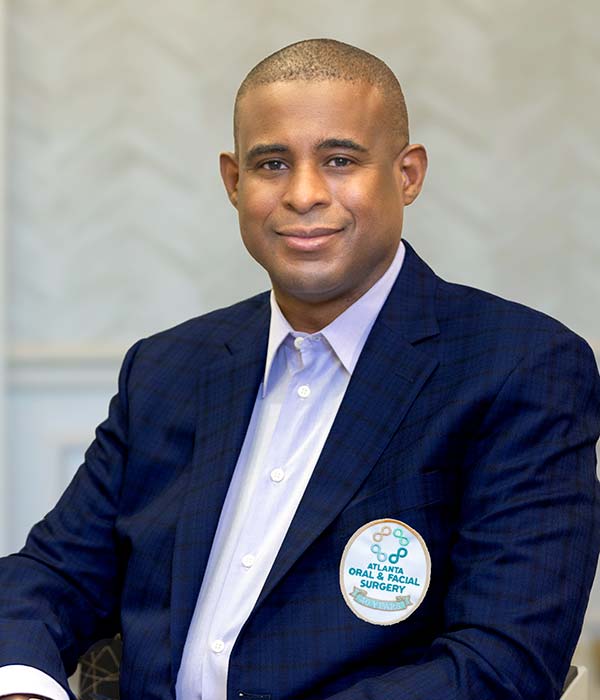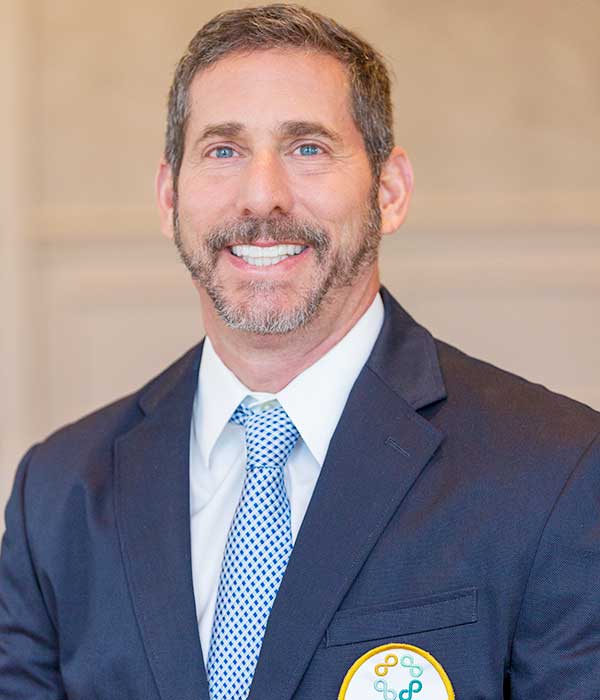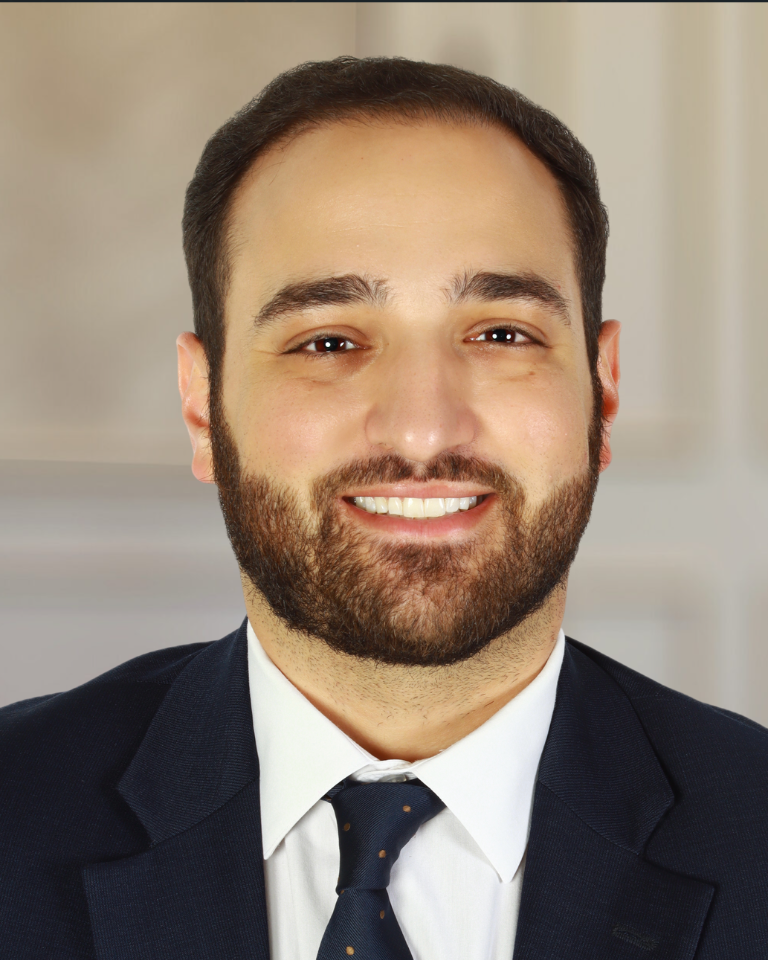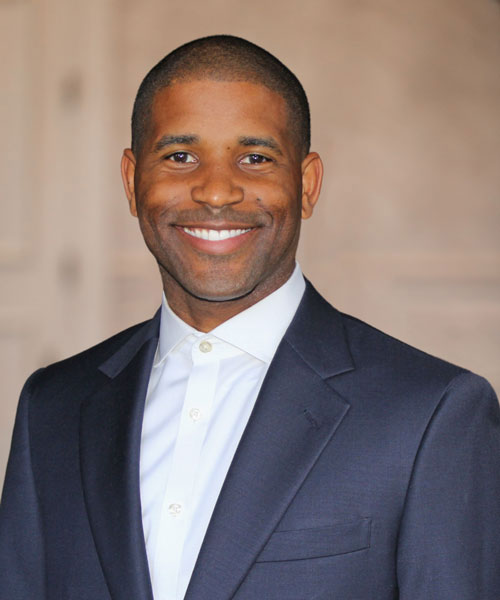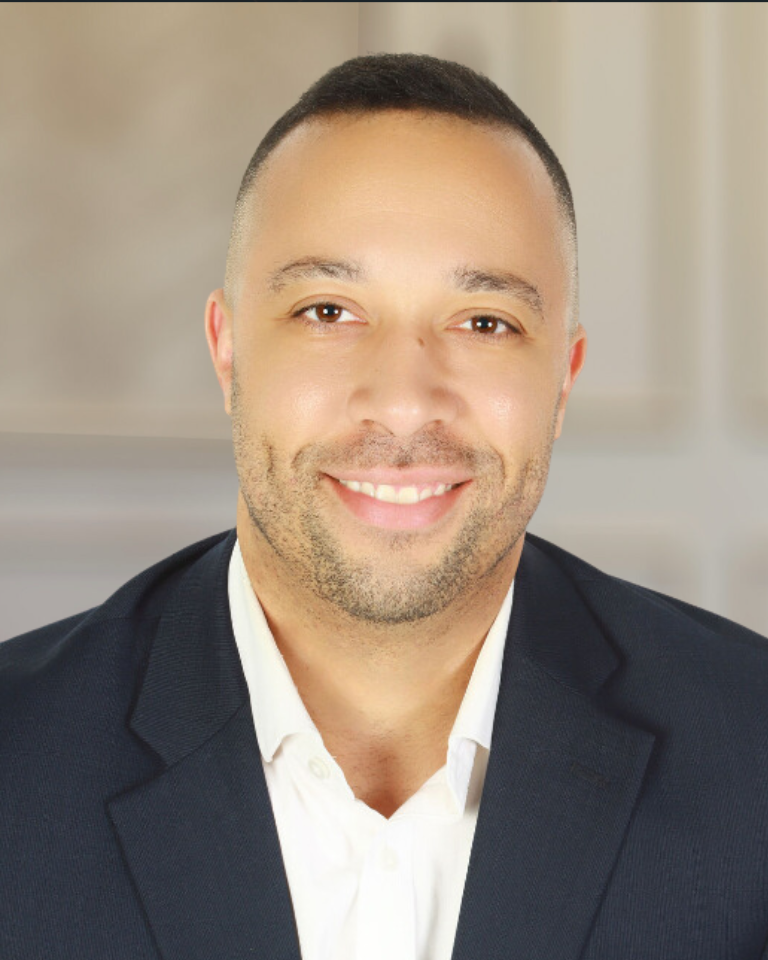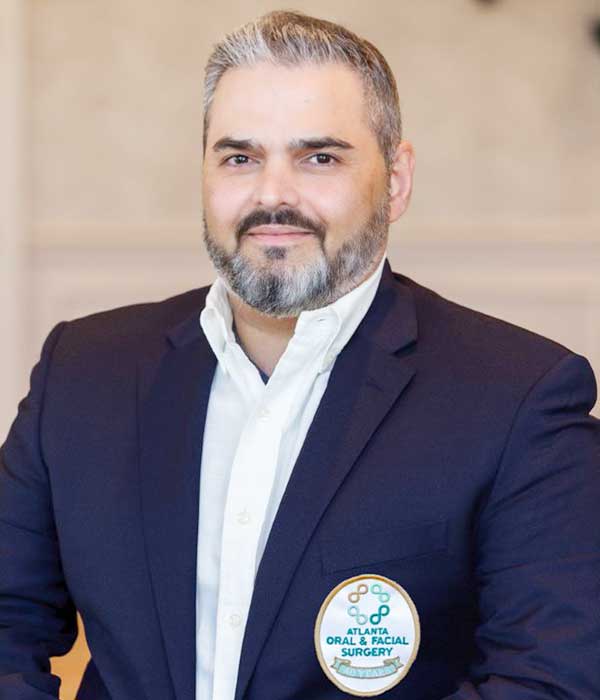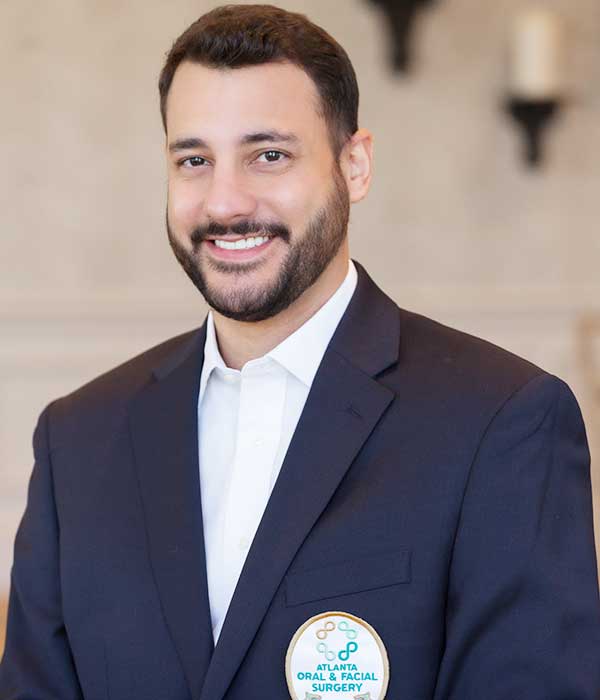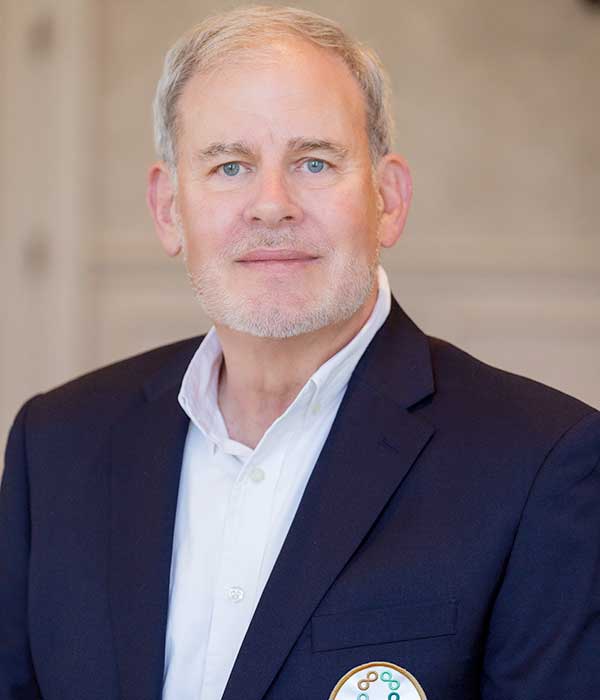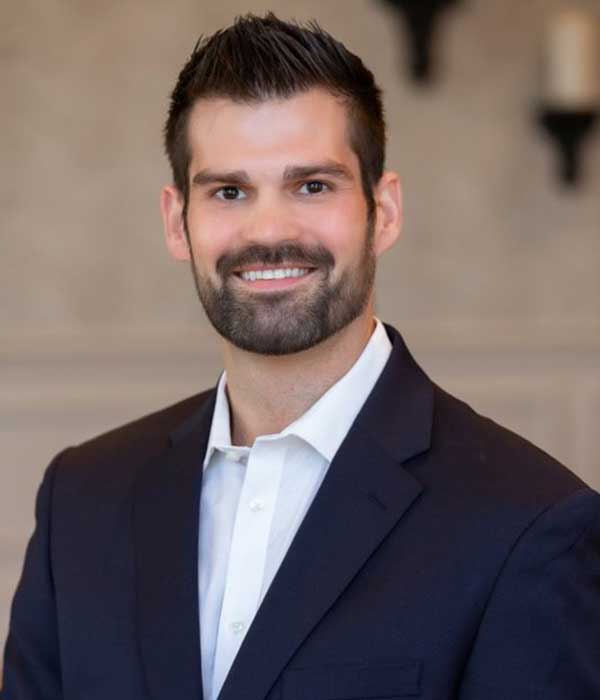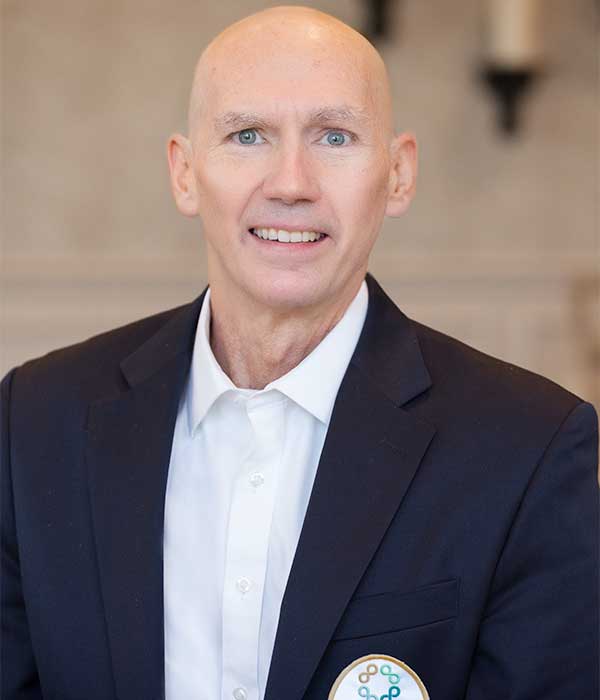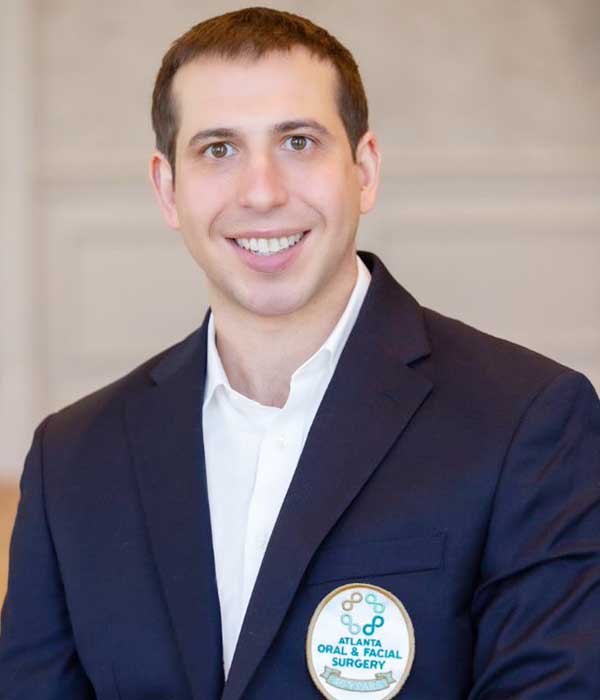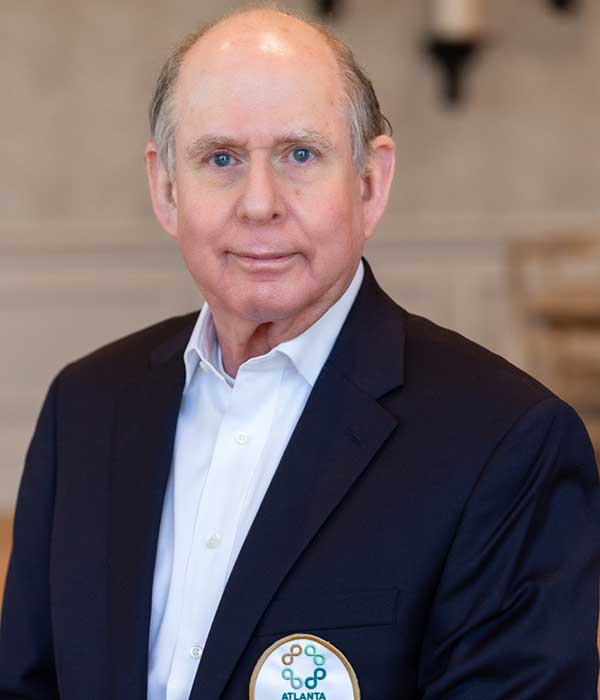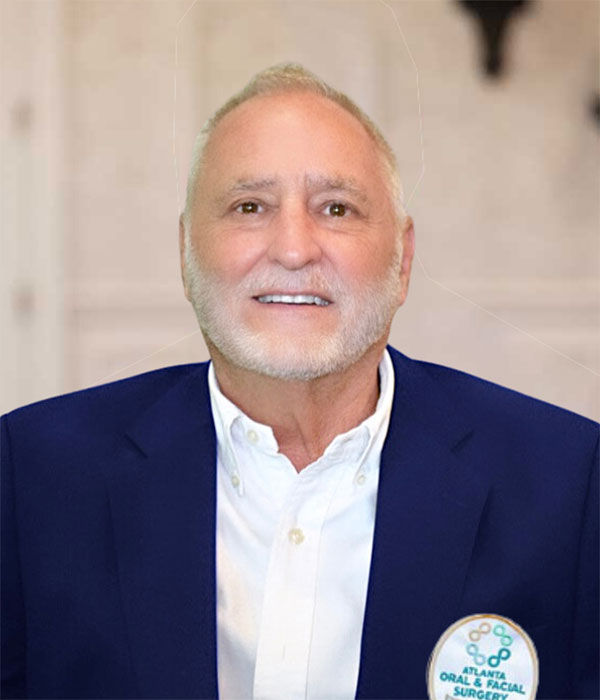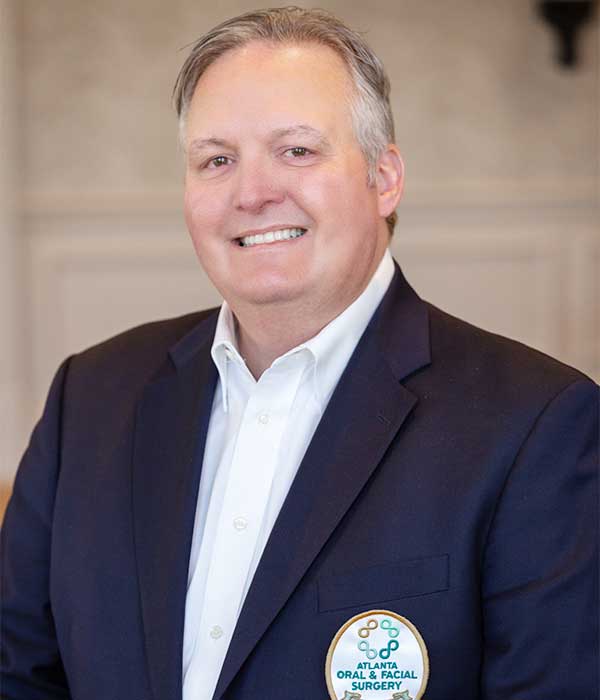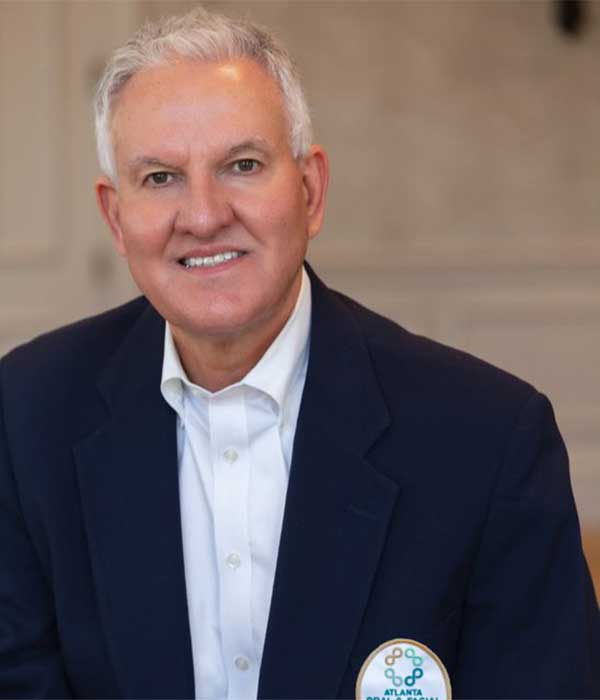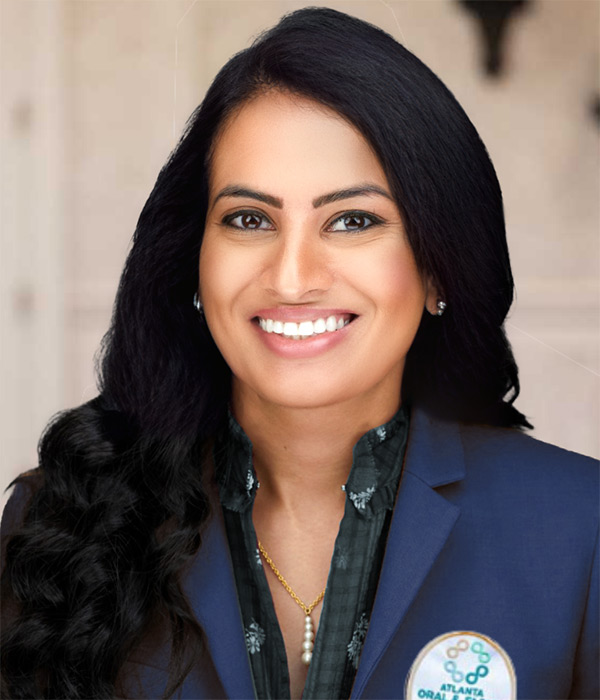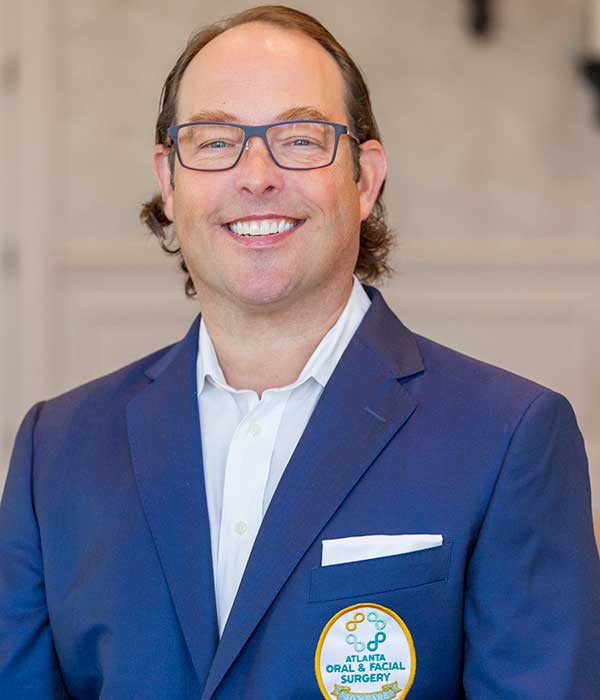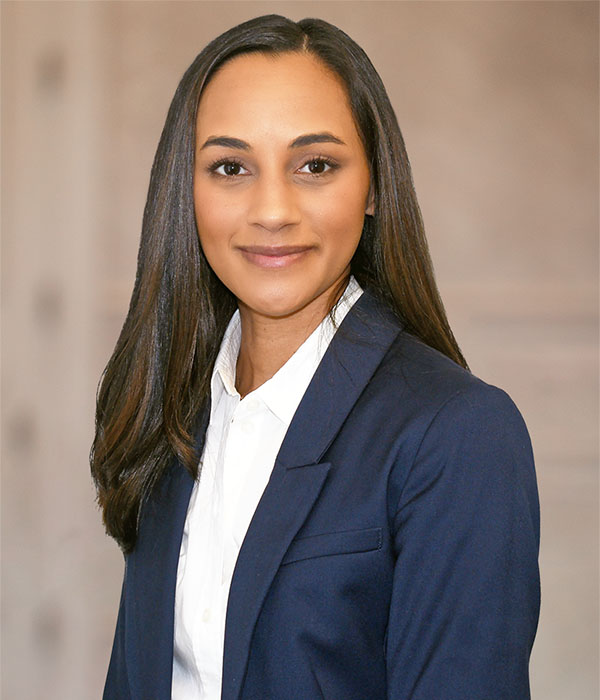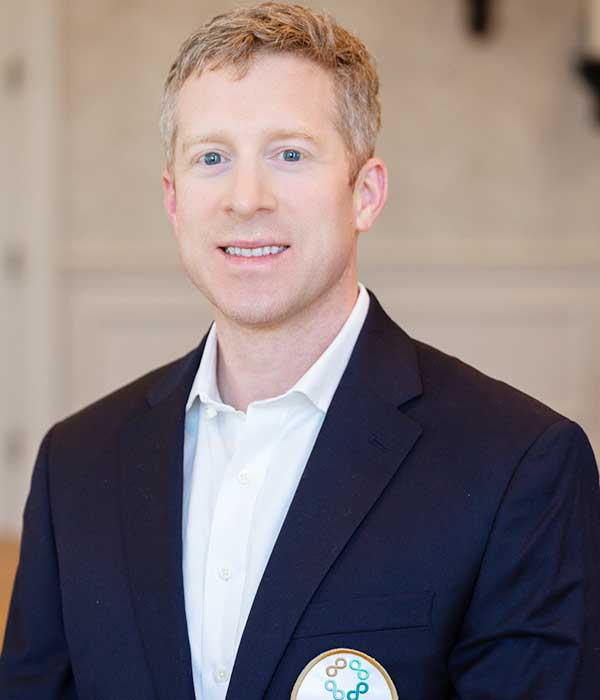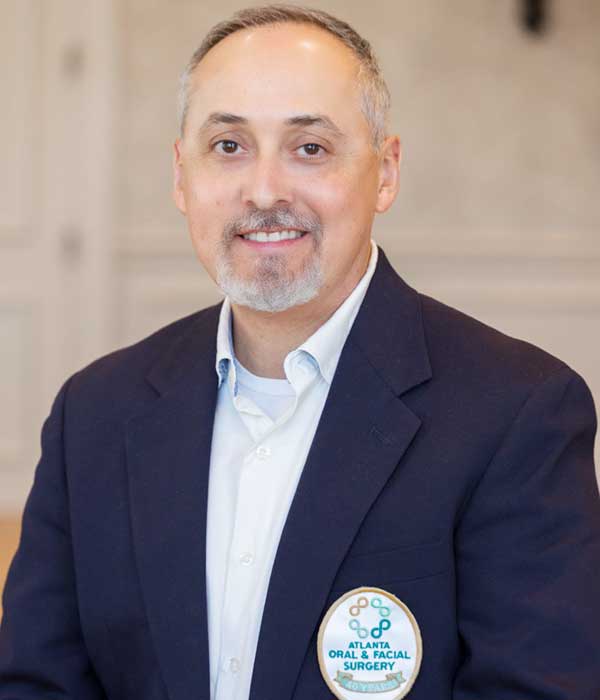Facial Reconstruction
Orthognathic / Jaw surgery
Orthognathic surgery is needed when jaws don’t meet correctly and/or teeth don’t seem to fit with jaws. Teeth are straightened with orthodontics and corrective jaw surgery repositions a misaligned jaw. This not only improves facial appearance, but also ensures that teeth meet correctly and function properly.

Who Needs Orthognathic Surgery?
People who can benefit from orthognathic surgery include those with an improper bite or jaws that are positioned incorrectly. Jaw growth is a gradual process and in some instances, the upper and lower jaws may grow at different rates. The result can be a host of problems that can affect chewing function, speech, long-term oral health and appearance. Injury to the jaw and birth defects can also affect jaw alignment. While orthodontics alone can correct bite problems when only the teeth are involved, orthognathic surgery may be required for the jaws when repositioning is necessary.
Symptoms That May Require Jaw Surgery
Difficulty in the following areas should be evaluated:
- Difficulty in chewing, biting or swallowing
- Speech problems
- Chronic jaw or TMJ pain
- Open bite
- Protruding jaw
- Breathing problems
Any of these symptoms can exist at birth, be acquired after birth as a result of hereditary or environmental influences, or as a result of trauma to the face. Before any treatment begins, a consultation will be held to perform a complete examination with x-rays. During the pre-treatment consultation process, feel free to ask any questions that you have regarding your treatment. When you are fully informed about the aspects of your care, you and your dental team can make the decision to proceed with treatment together.
Technology & Orthognathic Surgery
Drs. Bankston, Belinfante, Blair, David, Etezadi, Gonzalez, Jo, Johnson, Keim, Kragor, LaBanc, Levy, McGhee, Meaders, Nunn, Schaner, Slaughter, Threadgill, Treadway, Velez, Wunderle, Wunderle or Levy use modern computer techniques and three-dimensional models to show you exactly how your surgery will be approached. Using comprehensive facial x-rays and computer video imaging, we can show you how your bite will be improved and even give you an idea of how you’ll look after surgery. This helps you understand the surgical process and the extent of the treatment prescribed. Our goal is to help you understand the benefits of orthognathic surgery. If you are a candidate for corrective jaw surgery, your doctor will work closely with your dentist and orthodontist during your treatment. The actual surgery can move your teeth and jaws into a new position that results in a more attractive, functional, and healthy dental-facial relationship.
Facial Trauma
Injuries to the face, by their very nature, impart a high degree of emotional, as well as physical trauma to patients. The science and art of treating these injuries requires special training involving a “hands on” experience and an understanding of how the treatment provided will influence the patient’s long term function and appearance. Our doctors meet and exceed these modern standards. Oral and maxillofacial surgeons are trained, skilled and uniquely qualified to manage and treat facial trauma. They are on staff at local hospitals and deliver emergency room coverage for facial injuries, which include the following conditions:
- Intra oral lacerations
- Avulsed (knocked out) teeth
- Fractured facial bones (cheek, nose or eye socket)
- Fractured jaws (upper and lower jaw)

Cleft Lip & Palate
During early pregnancy, separate areas of the face develop individually and then join together, including the left and right sides of the roof of the mouth and lips. However, if some parts do not join properly, sections don’t meet and the result is a cleft. If the separation occurs in the upper lip, the child is said to have a cleft lip. A completely formed lip is important not only for a normal facial appearance but also for sucking and to form certain sounds made during speech. A cleft lip is a condition that creates an opening in the upper lip between the mouth and nose. It looks as though there is a split in the lip. It can range from a slight notch in the colored portion of the lip to complete separation in one or both sides of the lip extending up and into the nose.
A cleft on one side is called a unilateral cleft. If a cleft occurs on both sides, it is called a bilateral cleft. A cleft in the gum may occur in association with a cleft lip. This may range from a small notch in the gum to a complete division of the gum into separate parts. A similar defect in the roof of the mouth is called a cleft palate.
Cleft Palate
The palate is the roof of your mouth. It is made of bone and muscle and is covered by a thin, wet skin that forms the red covering inside the mouth. You can feel your own palate by running your tongue over the top of your mouth. Its purpose is to separate your nose from your mouth. The palate has an extremely important role during speech because when you talk, it prevents air from blowing out of your nose instead of your mouth. The palate is also very important when eating. It prevents food and liquids from going up into the nose. As in cleft lip, a cleft palate occurs in early pregnancy when separate areas of the face have developed individually do not join together properly. A cleft palate occurs when there is an opening in the roof of the mouth. The back of the palate is called the soft palate and the front is known as the hard palate. A cleft palate can range from just an opening at the back of the soft palate to a nearly complete separation of the roof of the mouth (soft and hard palate).
Sometimes a baby with a cleft palate may have a small chin and a few babies with this combination may have difficulties with breathing easily. This condition may be called Pierre Robin sequence. Since the lip and palate develop separately, it is possible for a child to be born with a cleft lip, palate or both. Cleft defects occur in about one out of every 800 babies.
Children born with either or both of these conditions usually need the skills of several professionals to manage the problems associated with the defect such as feeding, speech, hearing and psychological development. In most cases, surgery is recommended. When surgery is done by an experienced, qualified oral and maxillofacial surgeon, the results can be quite positive.
Cleft Lip Treatment
Cleft lip surgery is usually performed when the child is about ten years old. The goal of surgery is to close the separation, restore muscle function, and provide a normal shape to the mouth. The nostril deformity may be improved as a result of the procedure or may require a subsequent surgery.
Cleft Palate Treatment
A cleft palate is initially treated with surgery safely when the child is between 7 to 18 months old. This depends upon the individual child and his/her own situation. For example, if the child has other associated health problems, it is likely that the surgery will be delayed. The major goals of surgery are to:
- Close the gap or hole between the roof of the mouth and the nose.
- Reconnect the muscles that make the palate work.
- Make the repaired palate long enough so that the palate can perform its function properly
There are many different techniques that surgeons will use to accomplish these goals. The choice of techniques may vary between surgeons and should be discussed between the parents and the surgeon prior to surgery. The cleft hard palate is generally repaired between the ages of 8 and 12 when the cuspid teeth begin to develop. The procedure involves placement of bone from the hip into the bony defect, and closure of the communication from the nose to the gum tissue in three layers. It may also be performed in teenagers and adults as an individual procedure or combined with corrective jaw surgery.
What Can Be Expected After the Surgery?
After the palate has been fixed, children will immediately have an easier time in swallowing food and liquids. However, in about one out of every five children following cleft palate repair, a portion of the repair will split, causing a new hole to form between the nose and mouth. If small, this hole may result in only an occasional minor leakage of fluids into the nose. If large however, it can cause significant eating problems, and most importantly, can even affect how the child speaks. This hole is referred to as a “fistula,” and may need further surgery to correct.




